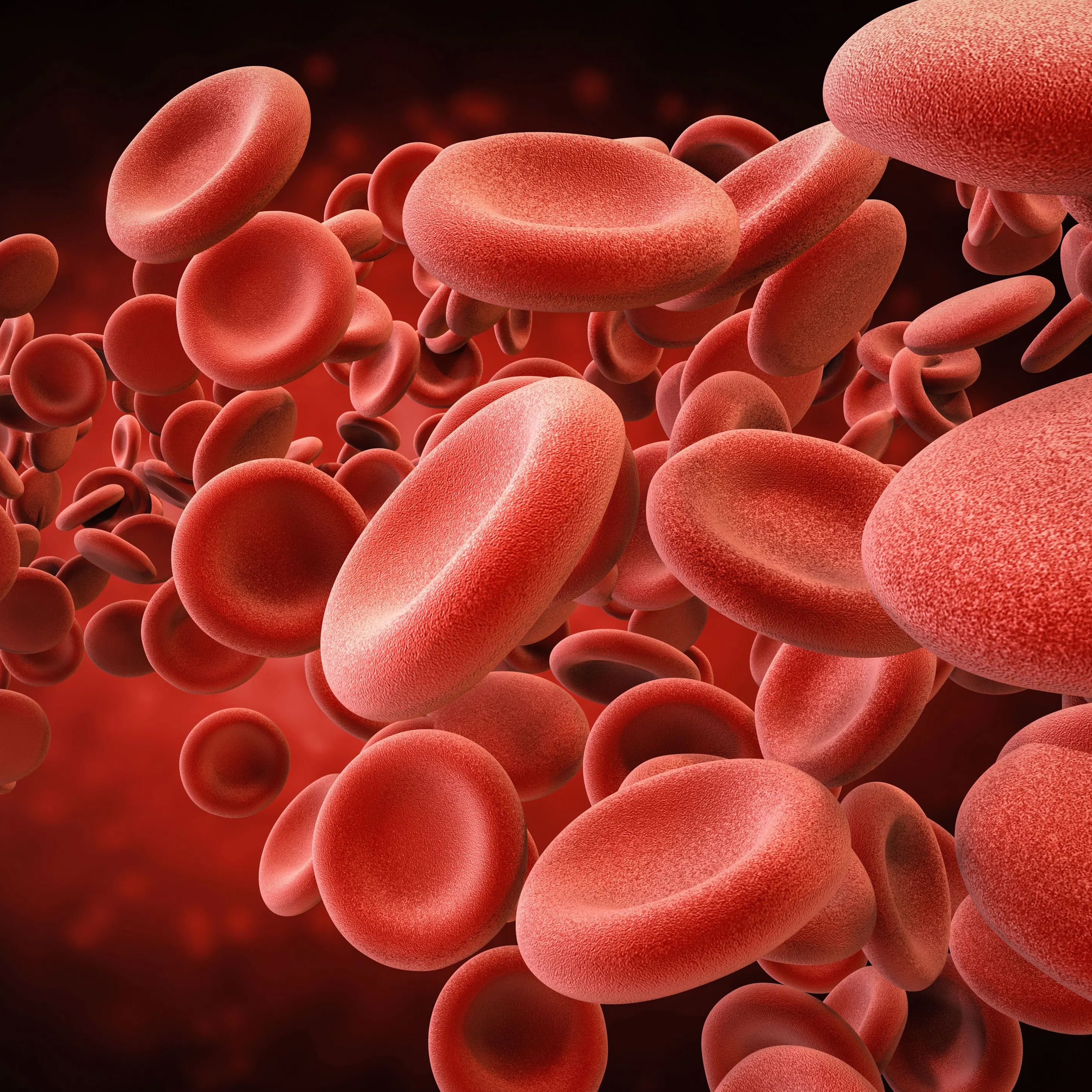Publication
Article
Cardiology Review® Online
Combining warfarin and antiplatelet therapy after coronary stenting
Author(s):
We conducted an observational study to compare singleantiplatelet therapy with dualantiplatelet therapy among patients requiring long-term warfarin therapy after coronary stenting. Results showed that there was no difference in mortality or myocardial infarction between the 2 treatment regimens at 6 months, with no excess in-hospital bleeding; however, larger trials are needed to determine firm recommendations.
Among patients with acute coronary syndrome undergoing elective coronary stenting, treatment with dual-antiplatelet therapy with aspirin plus a thienopyridine after the procedure has been shown to be more effective in reducing cardiovascular events than single-antiplatelet therapy with aspirin alone.1,2 Dual-antiplatelet treatment is usually prescribed for the long term, 12 months or longer. Few studies have examined the optimal antiplatelet regimen for patients requiring oral anticoagulation therapy (ie, those with deep vein thrombosis/ pulmonary embolus, atrial fibrillation, or mechanical valve replacement).
Small, retrospective studies have assessed the safety but not the efficacy of antiplatelet therapy among patients taking warfarin (Coumadin) after coronary stenting and have not compared single-antiplatelet therapy with dual-antiplatelet therapy.3-6 Although current conventional practice is to combine antithrombotic and antiplatelet medications, studies that compare the use of single-antiplatelet therapy with dual-antiplatelet therapy among patients taking warfarin have not been performed. We conducted the Global Registry of Acute Coronary Events (GRACE) study to compare the differences in safety and efficacy between single-antiplatelet and dual-antiplatelet therapy after coronary stenting in patients with acute coronary syndrome who are taking warfarin.
Patients and methods
The GRACE study included subjects from 113 hospitals in 14 countries, including the United States, Australia, New Zealand, and countries in Europe, North America, and South America, with the intent of assessing an unbiased population of patients with acute coronary syndrome.7-9 Eight hundred patients with acute coronary syndrome who were receiving warfarin plus single-antiplatelet therapy or warfarin plus dual-antiplatelet therapy after undergoing coronary stenting were included in the sample. We analyzed baseline demographics, 6-month outcomes, hospital events, hospital interventions, and geographical differences.
Results
A total of 220 patients (28%) received single-antiplatelet therapy plus warfarin, and 580 (73%) received dual-antiplatelet therapy plus warfarin. Outside the United States, the use of single-antiplatelet therapy was more common (35% vs 17%; P < .001). Compared with the rest of the world, the use of a thienopyridine (clopidogrel [Plavix] or ticlopidine [Ticlid]) in combination with warfarin was most common in Australia/New Zealand (97% vs 43%; P < .001). The demographic characteristics of the 2 groups are shown in Table 1.
Table 1. Patients' demographic characteristics and clinical presentation according to
antiplatelet therapy at discharge.
Although the specific indications for warfarin therapy during admission were not documented, 22 patients (28%) were taking warfarin before the stenting procedure. A total of 182 patients had a history of atrial fibrillation. For those patients who were not receiving warfarin treatment before hospitalization (n = 574; 72%), the assumed indications for in-hospital initiation of long-term anticoagulation therapy included venous thromboembolism, valve surgery, anterior myocardial infarcts, and new-onset atrial fibrillation. Thirty-seven percent of patients (n = 299) had either a history of atrial fibrillation or developed atrial fibrillation during admission.
As shown in Table 2, the incidence of major bleeding, cardiogenic shock, recurrent ischemia, and myocardial infarction (MI) was similar between the 2 groups, but patients released from the hospital receiving warfarin plus single-antiplatelet therapy were more likely to have experienced congestive heart failure or atrial fibrillation during their admission. Patients released from the hospital receiving single-antiplatelet therapy were more likely to be receiving no antiplatelet therapy at 6 months.
Table 2. Hospital events according to combination regimen.
The rates of MI and 6-month mortality were similar in both groups. Although the number of events was small, the dual-antiplatelet group had a lower incidence of stroke at 6 months than the single-antiplatelet group (0.7% vs 3.4%, respectively; P = .02), as shown in Table 3. Both groups had similar 6-month outcomes among patients with atrial fibrillation. Among those released from the hospital taking warfarin plus single-antiplatelet therapy, 113 (51%) were taking a thienopyridine and 107 (49%) were taking aspirin. There were no significant differences in 6-month outcomes between patients taking warfarin plus a thienopyridine and those taking warfarin plus aspirin (Table 3). Antiplatelet therapy was more likely to be continued at 6 months among those taking warfarin at hospital discharge after drug-eluting stent placement (n = 130). Outcomes were similar between patients discharged receiving dual-antiplatelet and single-antiplatelet therapy.
Table 3. Six-month outcomes in the overall cohort, in patients with atrial fibrillation,
and according to use of aspirin or thienopyridine
Discussion
The results of the current study show that 6-month outcomes after coronary stenting among patients with acute coronary syndrome receiving dual-antiplatelet therapy were similar to those receiving single-antiplatelet therapy at hospital discharge. Dual-antiplatelet therapy alone was shown to be more beneficial in terms of efficacy and safety among patients undergoing elective coronary stenting in the Stent Anticoagulation Restenosis Study (STARS), which compared 3 antiplatelet/antithrombotic regimens: aspirin, aspirin plus ticlopidine, and aspirin plus warfarin.10 This study took place among patients primarily undergoing elective coronary stenting early in the bare-metal stent era. The majority of benefits resulted from a decrease in subacute stent thrombosis in the dual-antiplatelet group.
No large studies have been done to identify the optimal regimen for antiplatelet therapy among patients with acute coronary syndrome or with a strong indication for warfarin after coronary stenting. This study evaluated real-world practice among real-world patients in an area of clinical practice commonly encountered. Findings showed differences in practice between the United States and South America, Europe, and Australia/New Zealand, which may indicate differences in social and economic influences, as well as health care systems.
The similar 6-month efficacy outcomes shown between the single- and dual-antiplatelet therapy groups show that single-antiplatelet therapy combined with warfarin may be a safe treatment option for selected patients. During their hospital stay, there was no difference between the 2 groups in major bleeding, although 6-month outcomes for major bleeding were not documented. Dual-antiplatelet therapy was shown to be more beneficial in terms of reducing stroke at 6 months (0.7% vs 3.4%; P = .02), but the event rates were small (3 vs 6), and this result should be interpreted with caution. Ischemic strokes where not differentiated from hemorrhagic strokes in this database. Thienopyridines and aspirin were shown to be equally effective in combination with warfarin among patients receiving single-antiplatelet therapy
Although the rate of subacute and late stent thrombosis was not documented, it is uncommon and would be reflected in the 6-month MI and mortality data. Dual-antiplatelet therapy was discontinued in most patients at 6 months, reflecting the use of mainly bare-metal stents.
The recommendation to use prolonged dual-antiplatelet therapy in those receiving drug-eluting stents resulted from a perceived increased risk of late stent thrombosis in these patients.11,12 Long-term dual-antiplatelet therapy may be avoided with the use of an alternative to bare-metal stents in patients needing warfarin. Only a minority of patients received drug-eluting stents in this study, which began in 1999. Twenty-two percent of patients (28 of 124) in the warfarin plus single-antiplatelet group received drug-eluting stents vs 28% (102 of 358) in the warfarin plus dual-antiplatelet group. The 6-month outcomes were similar between the 2 groups in this small cohort.
One of the strengths of this study was that it evaluated real-world patients in actual practice. It demonstrates the differing practices among geographical regions, resulting from social and economic variations, and the fact that no apparent guidelines exist for this group of patients. The limitations of this study were characteristic of observational studies. The lack of a large number of events in this study limits the ability to make definitive recommendations, although the sample was markedly larger than those in previous studies. The long-term rate of bleeding was not documented in this study, which is necessary to assess the long-term safety of both single-antiplatelet and dual-antiplatelet regimens.
Conclusions
The optimal antiplatelet regimen for patients who undergo coronary artery stenting and require warfarin remains unknown. Present practice is guided by the clinician’s discretion, with no significant evidence to date to validate one particular regimen. Although the current study was observational with a limited number of events, the data suggest that the use of single-antiplatelet therapy combined with warfarin in patients with an indication for longterm anticoagulation is an acceptable management option. There remains a pressing need for further investigation into this important area.






